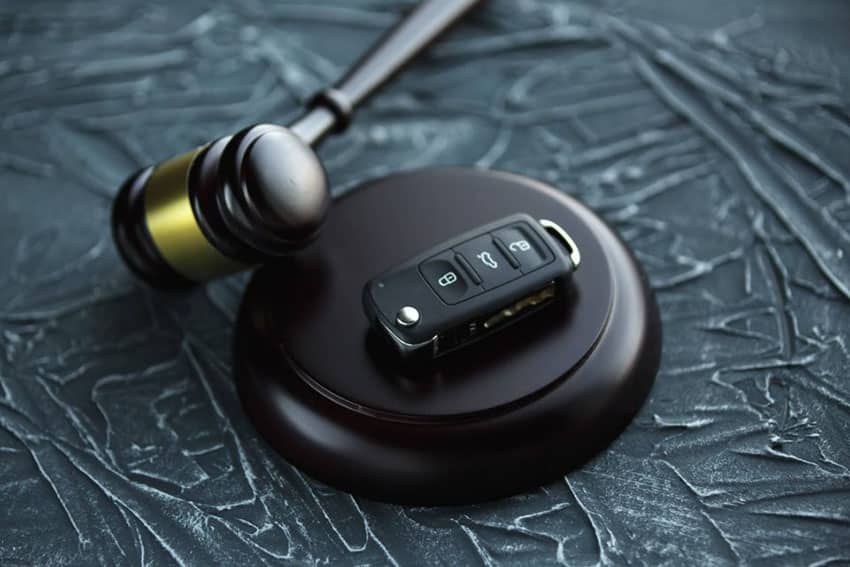For years, chemical breath tests have been a widely used by law enforcement to test drivers’ blood alcohol content (BAC) levels. Whenever a police officer pulls over a driver on suspicion of drunk or impaired driving, the breath test is typically one of the first tests used to check BAC. Although “Breathalyzer” is technically the name of one manufacturer of breath testing devices, the name has become synonymous with chemical breath tests.

The Test Instructions
The test itself seems relatively simple: a driver blows into the straw-like instrument at the top of the breathalyzer and the device produces a BAC reading. The results of the breathalyzer test often determine whether the driver is arrested for a DUI or DWI. These breath test results are then used as evidence against the driver during his or her DUI or DWI case.
Some Facts
In every state it is illegal to drive with a BAC of 0.08% or higher, so that driving with a BAC of 0.08% or higher is considered a “per se” DUI or DWI. That is, if a driver’s BAC is that high, they are illegally operating a vehicle while intoxicated. Most states also have lesser impairment thresholds that can still result in a DUI or a DWI criminal charge. For example, New York drivers are subject to DWAI charges, Driving While Ability Impaired. This charge can be brought against drivers whose BAC levels are between 0.05% and 0.07%; not quite intoxicated but certainly impaired. The prosecution in any DUI or DWI case has to prove that the driver was in fact impaired or intoxicated, and one of the easiest ways to prove that is through breathalyzer results.
How accurate is a breathalyzer?
However, some have argued that breathalyzer tests are not accurate and should not be seen as conclusive proof that a driver was under the influence of alcohol. This argument highlights the fact that blood tests or urine samples are actually more accurate than breath tests, but less commonly used. A breathalyzer actually cannot measure the BAC because it cannot measure a driver’s blood. It can also measure the alcohol content of a driver’s breath. In fact, reliable scientific studies show that breathalyzers have a 50% margin of error when compared to blood tests. A whole host of factors affect a breathalyzer BAC reading, including age, gender, rate of consumption, medication, and emotional state. A breathalyzer cannot account for all of these factors. Simply put, there is no way to input someone’s age and emotional state and medications into a breathalyzer before analyzing their BAC.
So why this test is still the most common way to check a driver’s BAC?
This is most likely because of the ease of use. It is much simpler (and less expensive) to have a driver blow into a breathalyzer than it is to perform a blood or urine test for a more accurate BAC reading. Breathalyzers have long been employed by law enforcement officials and are also used privately by drivers. Anyone can purchase a handheld breathalyzer or even one that attaches to a smartphone. Unless there is a widespread legislative push against breath tests, they will likely remain the most common BAC test in DUI and DWI cases.
If you or someone you know has been charged with any form of DWAI or DWI using a breathalyzer, contact DWI Team today for a free case evaluation.
DISCLAIMER: The exclusive purpose of this article is educational and it is not intended as either legal advice or a general solution to any specific legal problem. Corporate offices for The DWI Team are located at 231 Walton Street, Syracuse, NY 13202; Telephone No.: 1-800-394-8326. Prior results do not guarantee a similar outcome.







